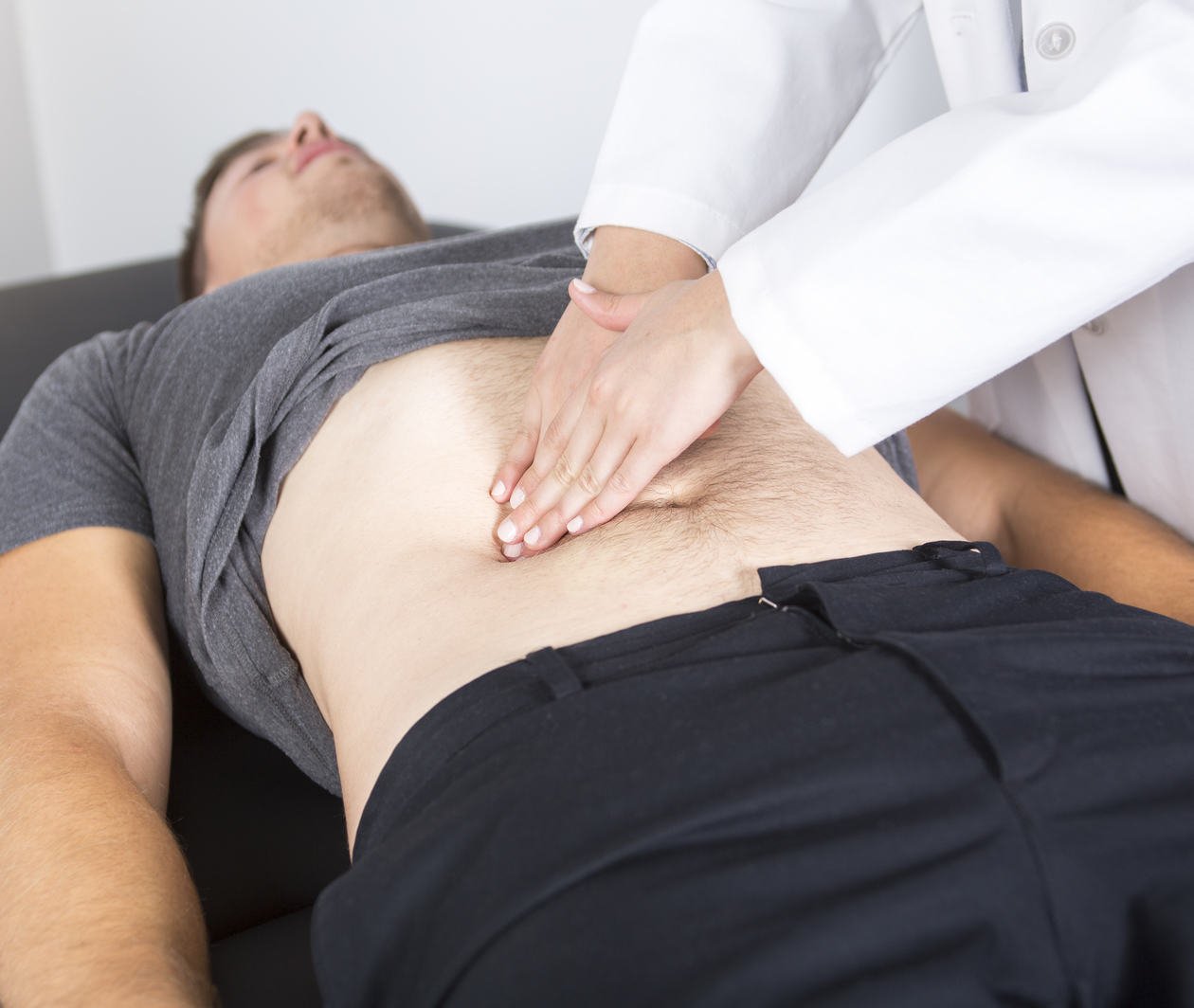
Duration
2 weeksWeekly study
10 hours
The Cardiovascular and Abdominal Systems
The course encourages you to think about the structure and function of the cardiovascular system. It will focus on anatomy and physiology as well as the examination itself.
The course will go on to concentrate on the organs and structures of the abdomen, history taking and examination, the significance of abdominal pain, and common conditions.
What topics will you cover?
- Assessment of the circulatory system
- What happens when circulation goes wrong? Exploring a patient case study.
- Assessment of the abdominal system
- Abnormal findings and their implications
Learning on this course
On every step of the course you can meet other learners, share your ideas and join in with active discussions in the comments.
What will you achieve?
By the end of the course, you‘ll be able to...
- Discuss the assessment process for the circulatory and abdominal systems
- Identify the ‘red flag’ findings for these systems
- Summarise the expected documentation of normal circulatory and abdominal examinations
Who is the course for?
The target audience for this course is any experienced nurse who wishes to, or finds themselves in a position to need to, extend their knowledge and skills to assess the health of their patients to diagnosis.
Please note that the individuals detailed in the ‘Who will you learn with?’ section below, are current staff members and may be subject to change.
Who will you learn with?
Specialising in emergency care, Nicky Parker-Summers has 35 years clinical experience, including military nursing. She came to education in 2003, becoming an Assistant Professor in 2016.
With over 20 years experience, working nationally and internationally, within Acute and Emergency care, Claire has developed her own skills and experience to share knowledge and improve patient care.
Learning on FutureLearn
Your learning, your rules
- Courses are split into weeks, activities, and steps to help you keep track of your learning
- Learn through a mix of bite-sized videos, long- and short-form articles, audio, and practical activities
- Stay motivated by using the Progress page to keep track of your step completion and assessment scores
Join a global classroom
- Experience the power of social learning, and get inspired by an international network of learners
- Share ideas with your peers and course educators on every step of the course
- Join the conversation by reading, @ing, liking, bookmarking, and replying to comments from others
Map your progress
- As you work through the course, use notifications and the Progress page to guide your learning
- Whenever you’re ready, mark each step as complete, you’re in control
Want to know more about learning on FutureLearn? Using FutureLearn
